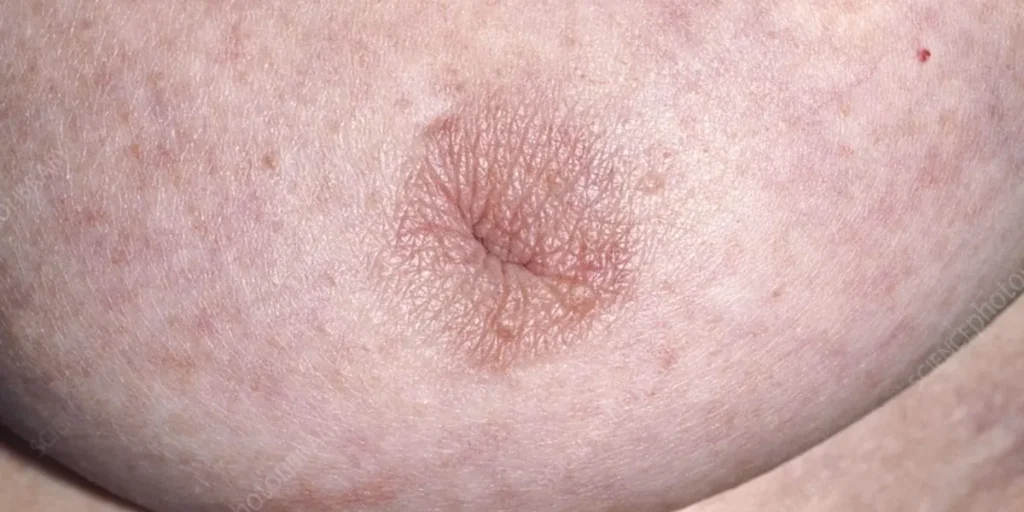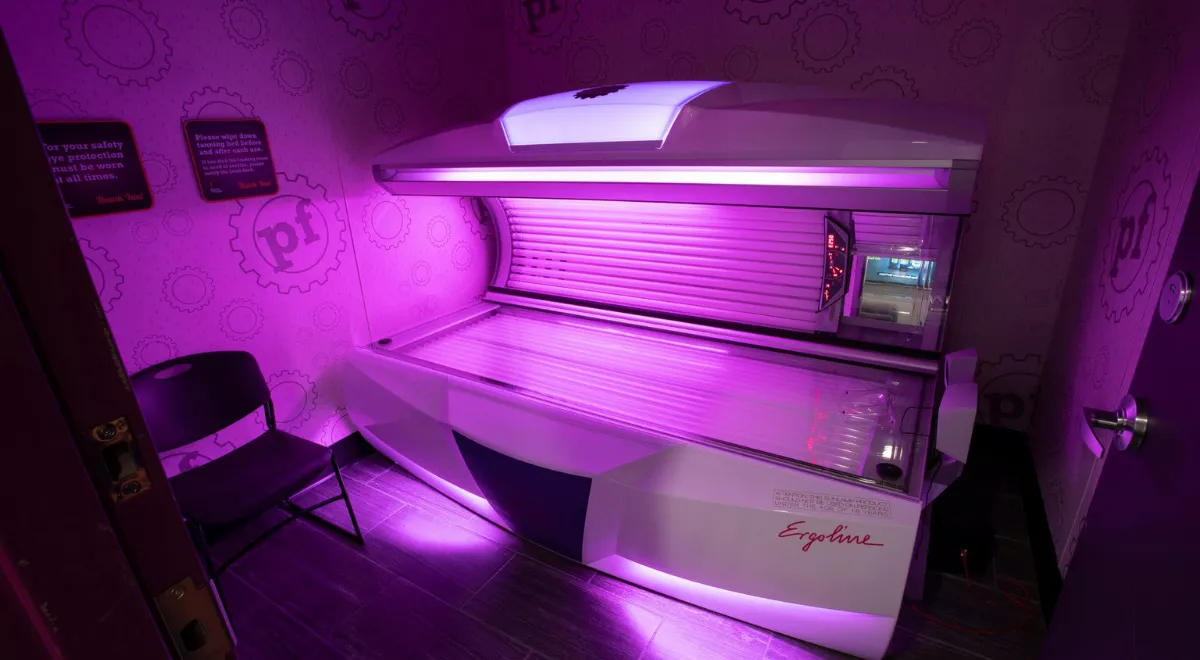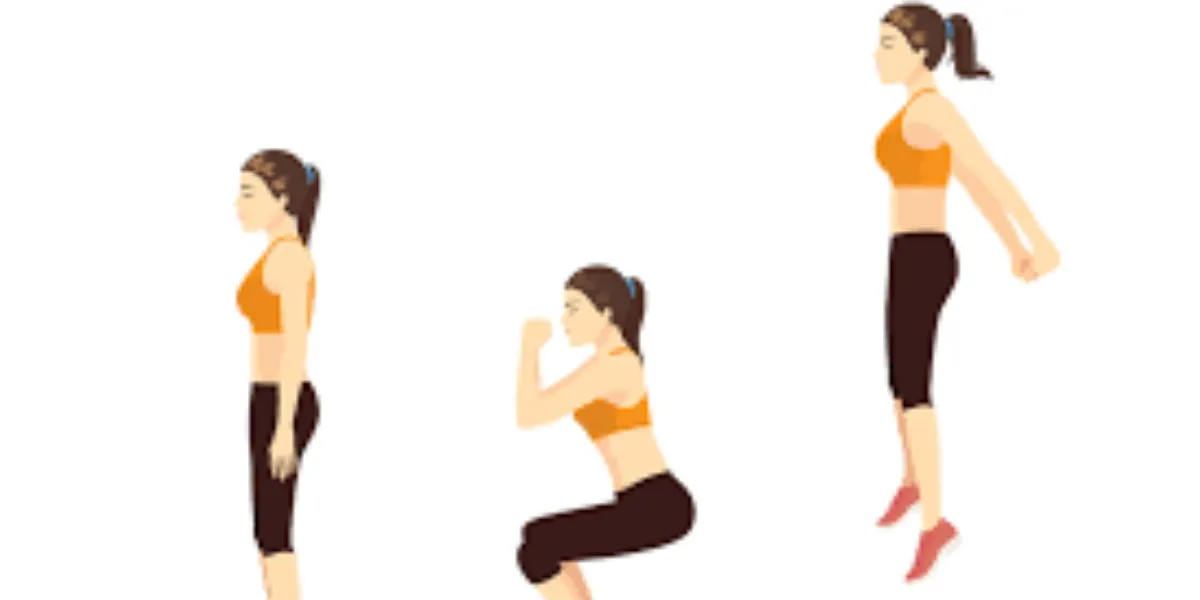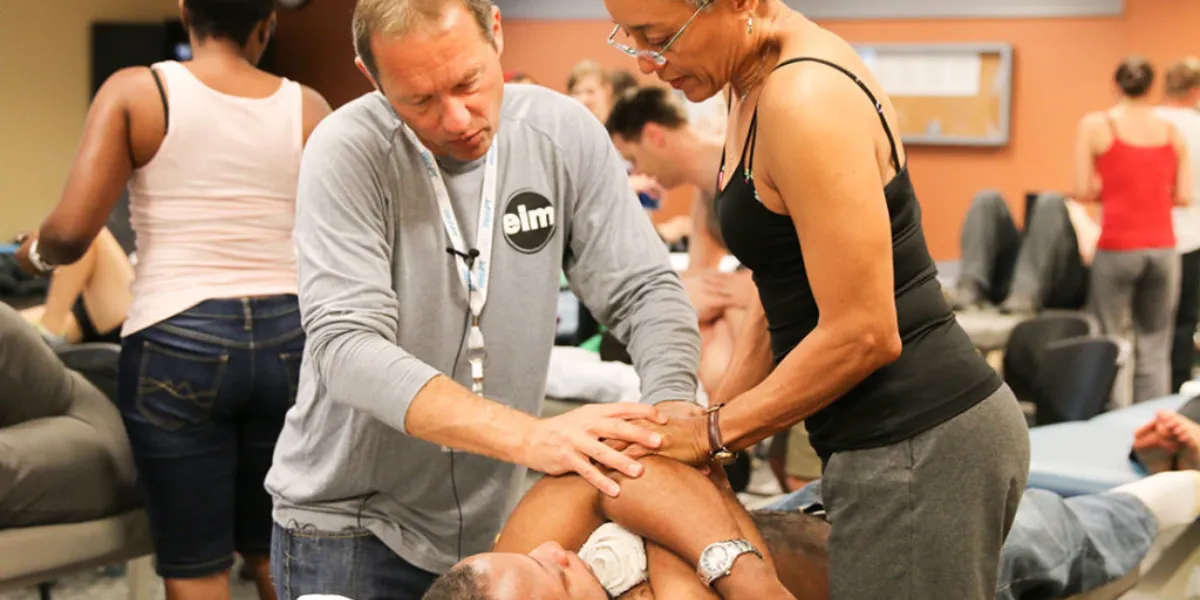Inverted nipples, where the nipple points inward instead of outward, are a relatively common occurrence. While they can be a cause for concern, it’s important to understand that inverted nipples themselves don’t necessarily indicate breast cancer. However, sudden nipple inversion can be a symptom, so it’s crucial to be aware of the signs and get a proper evaluation.
This article will explore inverted nipples, their causes, and their connection to breast cancer. We’ll also discuss when to see a doctor and what to expect during a breast exam.
Table of Contents
ToggleWhat are Inverted Nipples?
Nipples are naturally varied in shape and size. Inverted nipples simply refer to nipples that point inward instead of projecting outward. There are different degrees of inversion:
- Grade 1: The nipple can be easily pulled out and stays everted for a few minutes before returning inward.
- Grade 2: The nipple can be pulled out but goes back inward when released.
- Grade 3: The nipple is deeply inverted and cannot be pulled outward.
Important Note: Inverted nipples can be present from birth (congenital) or develop over time. Neither automatically signifies breast cancer.
Causes of Inverted Nipples
There are several reasons why someone might have inverted nipples, some more concerning than others:
- Congenital: Up to 20% of people are born with inverted nipples. In most cases, they are harmless and pose no health risk.
- Hormonal Changes: Fluctuations in hormone levels during puberty, pregnancy, and breastfeeding can temporarily cause nipples to become inverted.
- Previous Breastfeeding: In some cases, vigorous breastfeeding can lead to temporary nipple inversion.
- Breast Surgery: Scarring from previous breast surgeries, such as reduction or augmentation, can sometimes cause nipple inversion.
When Inverted Nipples Might Be a Sign of Breast Cancer
While inverted nipples are typically benign, sudden nipple inversion, especially if it occurs in adulthood, can be a symptom of breast cancer. Here are some red flags to watch out for:
- New or sudden inversion: If you’ve never had inverted nipples before, or if a previously everted nipple suddenly inverts, it’s crucial to see a doctor.
- Inversion only in one nipple: Inverted nipples are usually present in both breasts. If only one nipple inverts, it warrants a doctor’s visit.
- Nipple retraction: This is when the nipple not only inverts but also seems pulled inward.
- Other breast changes: Be aware of any other changes in your breasts, such as lumps, dimpling of the skin, redness, or nipple discharge.
Early detection is key in breast cancer treatment. If you experience any of these symptoms, don’t hesitate to schedule an appointment with your doctor.
When to See a Doctor
Here’s a quick guide to help you decide when to see a doctor about inverted nipples:
- See a doctor right away if:
- You experience sudden or new nipple inversion, especially if it’s only in one breast.
- You have nipple retraction along with inversion.
- You notice other breast changes like lumps, dimpling, redness, or discharge.
- Consider scheduling a doctor’s visit if:
- You’ve had inverted nipples for a long time, but they’ve recently become more noticeable.
- You’re concerned about the appearance of your inverted nipples.
What to Expect During a Breast Exam
A doctor’s evaluation for inverted nipples typically involves:
- Medical history review: Your doctor will ask about your symptoms, family history of breast cancer, and any previous breast issues.
- Physical breast exam: The doctor will visually examine your breasts for any lumps, changes in skin texture, or nipple abnormalities. They will also feel your breasts for any unusual masses or tenderness.
- Possible imaging tests: Depending on your symptoms and the doctor’s findings, they may recommend additional tests like a mammogram, ultrasound, or MRI to get a more detailed picture of your breast tissue.
Conclusion
Inverted nipples are a common occurrence and often nothing to worry about. However, sudden nipple inversion, particularly in adulthood, can be a sign of breast cancer. If you experience this change or any other concerning breast symptoms, don’t hesitate to schedule an appointment with your doctor. Early detection and diagnosis are crucial for successful breast cancer treatment.
Remember, a doctor can properly evaluate your situation and provide the best course of action.

Inverted Nipple FAQs
General Information
- What are inverted nipples?
- Inverted nipples are nipples that point inward instead of outward. They can be present from birth or develop over time.
- Are inverted nipples normal?
- Yes, inverted nipples are relatively common, affecting up to 20% of people.
- What causes inverted nipples?
- There are several causes, including being born with them (congenital), hormonal changes, breastfeeding, previous breast surgery, and rarely, breast cancer.
- Do inverted nipples smell?
- No, inverted nipples themselves don’t typically have a smell. However, underlying conditions like infections might cause discharge with an odor.
Inverted Nipples and Breast Cancer
- Can inverted nipples be a sign of breast cancer?
- Inverted nipples are usually not a sign of cancer. However, sudden nipple inversion, especially in adulthood, can be a symptom.
- What other symptoms should I watch for?
- Along with inverted nipples, be aware of lumps, dimpling of the skin, redness, or nipple discharge (especially bloody).
- Is an inverted nipple always a sign of cancer?
- No, most inverted nipples are not cancerous. However, if you experience any concerning changes, see a doctor for evaluation.
Diagnosis and Treatment
- When should I see a doctor about inverted nipples?
- See a doctor right away for sudden or new inversion, especially in one breast.
- Consider a doctor’s visit if you’ve had them for a long time but they’ve recently changed or you’re concerned about their appearance.
- What happens during a breast exam for inverted nipples?
- The doctor will review your medical history, perform a physical exam, and may recommend imaging tests like mammograms or ultrasounds.
- Can inverted nipples be corrected?
- Yes, a surgery called nipple correction (nippleplasty) can be performed for cosmetic reasons or to improve breastfeeding ability. However, it’s not recommended if cancer is suspected.
- What about inverted nipple surgery and breast cancer?
- If cancer is a concern, diagnosis comes first. Nipple correction may be considered after successful cancer treatment.
Additional Resources
- For more information on breast cancer symptoms and screening, visit the websites of reputable organizations like the American Cancer Society (https://www.cancer.org/) or the National Cancer Institute (https://www.cancer.gov/).














